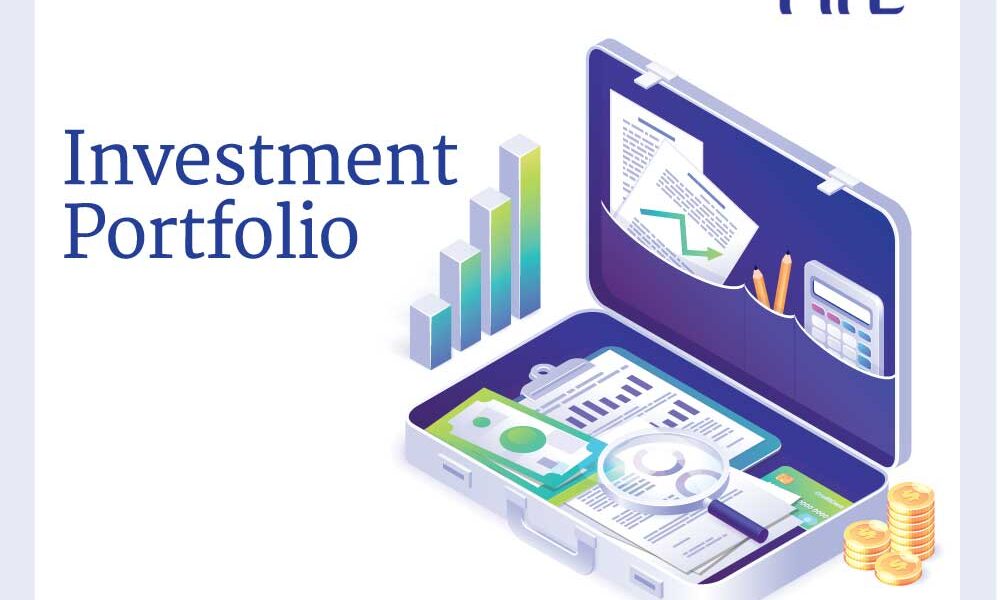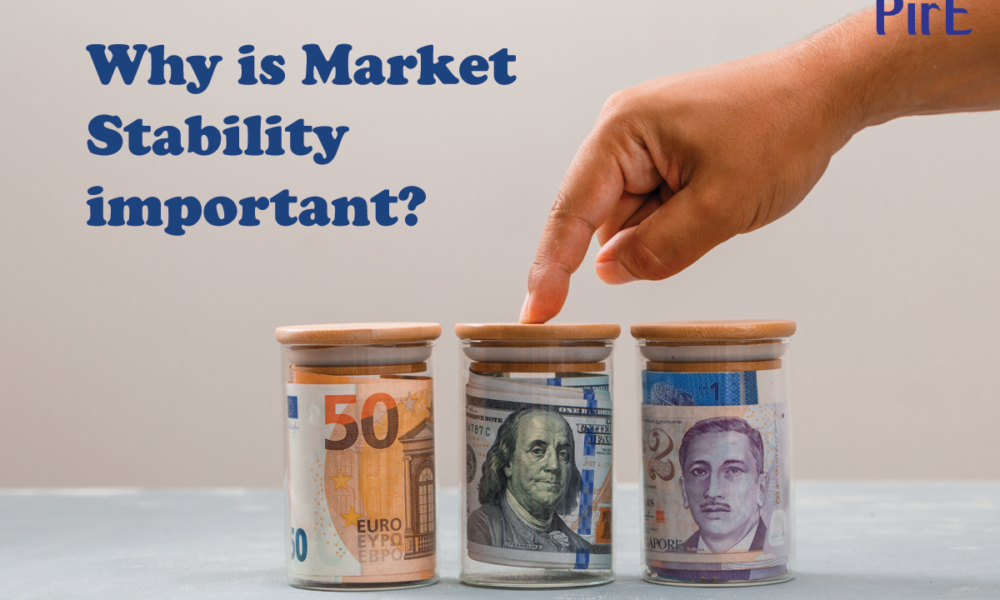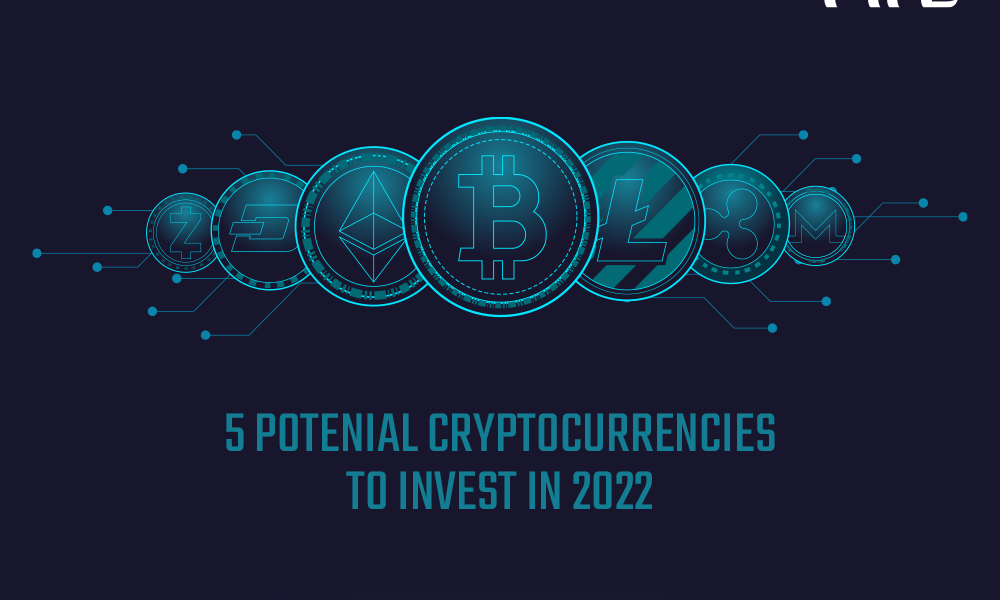The investment portfolio is a combination of different investments such as stocks, mutual funds, real estate investment, and so on. It is a long-term investment strategy.
Importance of the right Investment portfolio-
- Low market volatility
A well-diversified investment portfolio serves to reduce the portfolio’s total risk. The total impact of market volatility tends to reduce if investments are made across several asset classes and categories.
- Various investing alternatives
Investors enjoy the distinctive benefits of each instrument while reducing risk by picking various investment alternatives such as mutual funds, ETFs, term deposits, and so on.
- Assists with risk management
Investment alternatives that adapt to unique economic situations are at the heart of a varied portfolio. While an investor with a diverse portfolio would not obtain unusually high returns compared to one who buys a single, high-flying stock, they will also avoid the market’s ups and downs. In other words, an investor will get weighted average returns on their underlying assets, but will not be entirely exposed to the volatility of those securities.
The investment portfolio building consists of 3 steps:
- Risk analysis
- Asset allocation
- Review and maintain balance
Now let us learn about these steps in brief-
The ability to take risks is more objective. It is dependent on your age and future earnings possibilities. A youthful earner is likely to be a high-risk taker. It is, to some part, a result of how much money you have (compared to your income needs).
If you’re an older investor with a low-risk tolerance but a high-risk appetite, you shouldn’t invest in a portfolio containing a lot of risks.
If you’re young and have a high-risk tolerance but a low-risk appetite, you shouldn’t work with a particularly aggressive portfolio. A cautious portfolio, on the other hand, may not be the best option for such young investors.
It refers to the percentage of each form of investment in your portfolio that you hold, and it’s crucial for attaining optimal diversification. Factors influencing asset allocation include:
i) Your return expectations
ii) Your level of risk
iii) The length of time you plan to invest.
If you have a high-risk profile, want to earn large returns, and have a long-term investment horizon of more than 15 years, your portfolio asset allocation can look like
This:
i) 80% of the money is invested in stocks
ii) Bonds get 15% of the money
iii) 5% is allocated to cash and cash equivalents
This is, nevertheless, a highly simplified understanding of asset allocation. Ideally, you would analyze the full investing spectrum and diversify your portfolio among two or three investment possibilities, such as a stock fund, a bond fund, and maybe a real estate investment trust.
Your portfolio will deviate from its target allocation due to market fluctuations.
While you won’t be able to rebalance for every tiny variation from goal allocation, do so on a regular basis (say, once a year) or when the target allocation exceeds a specific level.
In addition, keep an eye on your satellite portfolio’s selections (both equity and debt) on a frequent basis.















